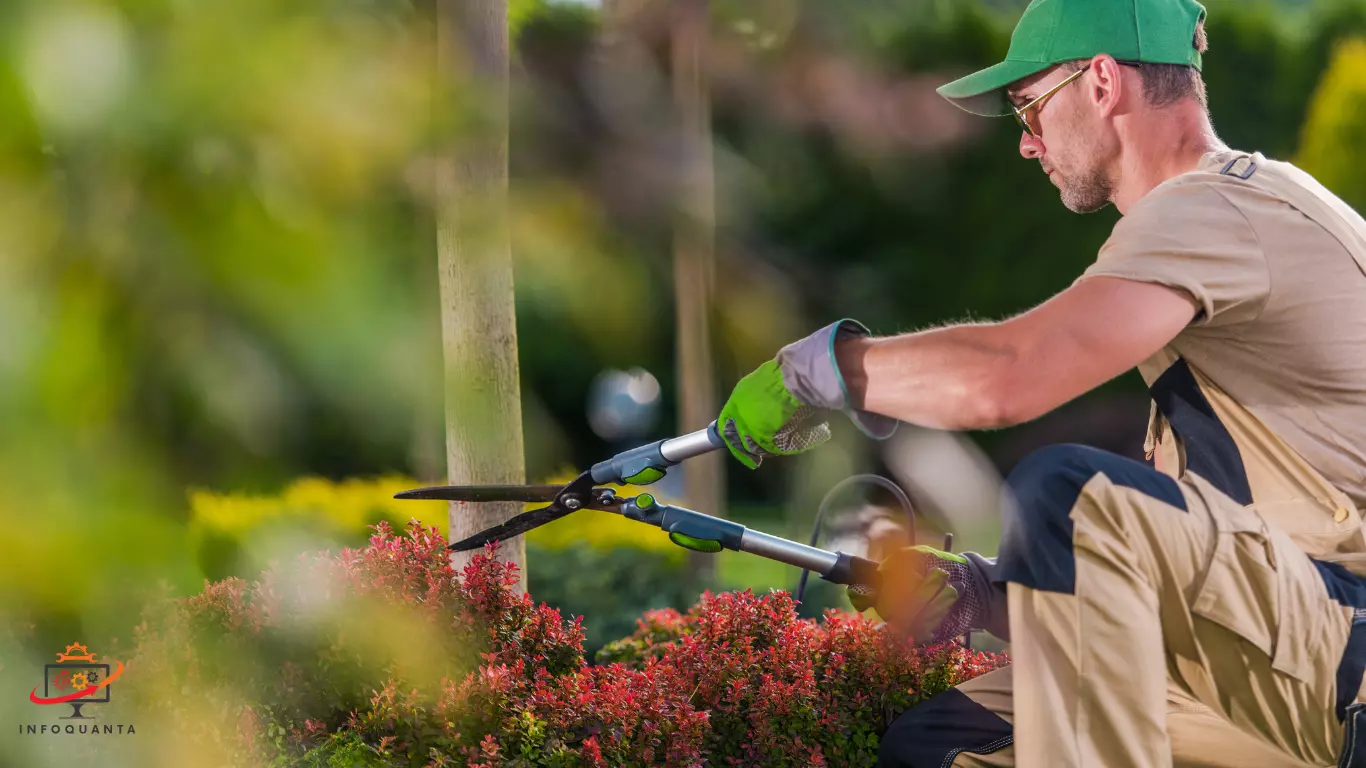Gardening is a fulfilling and rewarding hobby, but it often involves hands-on tasks that can leave your hands exposed to dirt, thorns, and moisture. To protect your hands and ensure a comfortable gardening experience, it’s crucial to invest in the best gloves for gardeners. In this guide, we will explore the various types of gloves available, what professional gardeners prefer, and whether you should wear gloves while gardening.
What Gloves Do Professional Gardeners Wear?
Professional gardeners rely on their hands for their livelihood, so they take their choice of gloves seriously. The gloves professionals prefer often have specific features to meet their demanding needs. Leather gloves are a popular choice among professional gardeners. These gloves are not only durable but also provide excellent protection against thorns, sharp tools, and abrasive surfaces. They also tend to be comfortable and offer good dexterity, making it easier for gardeners to handle delicate tasks.
In addition to leather gloves, many professional gardeners opt for gloves with reinforced fingertips. These reinforced areas can withstand repeated use of pruning shears and other tools, extending the lifespan of the gloves. Breathability is another key factor, as gardeners can spend hours in the garden. Gloves with breathable materials and adjustable wrist closures help to keep hands cool and comfortable, even in hot weather.
Types of Garden Gloves
The following are the types of garden gloves:
Nitrile-Coated Gloves
Nitrile-coated gloves are a popular choice among gardeners due to their exceptional durability and flexibility. They offer a good grip, making it easier to handle tools and plants. These gloves are also resistant to punctures and tears, providing excellent protection against thorns and sharp objects.
Leather Gloves
Leather gloves are a classic choice for gardeners who value durability and long-lasting protection. They are great for tasks like pruning, as the thick leather provides excellent defense against thorns and branches. Leather gloves are comfortable and tend to mold to the shape of your hand over time.
Neoprene Gloves
Neoprene gloves are perfect for wet or muddy gardening conditions. They are waterproof and provide a snug fit, keeping your hands dry and comfortable even in soggy soil. Neoprene gloves also offer good protection against thorns and chemicals.
Cotton Gloves
Cotton gloves are lightweight and breathable, making them suitable for light gardening tasks such as weeding or planting. While they may not offer the same level of protection as other glove types, they are comfortable for extended use and can be worn as inner liners for added protection.
Should I Wear Gloves When Gardening?
Wearing gloves when gardening is a prudent choice for several reasons:
- Protection: Gloves provide a barrier against thorns, sharp objects, and potential irritants in the soil, reducing the risk of cuts, scrapes, and contact with harmful substances.
- Comfort: Gardening can be hard on your hands, and gloves offer cushioning and support, reducing hand fatigue and blisters.
- Hygiene: Gloves help keep your hands clean, especially when handling soil, compost, or chemicals. This can prevent the transfer of dirt and contaminants to your skin.
- Skin Health: For those with sensitive skin or allergies, gloves can protect against skin reactions caused by contact with certain plants or substances.
- Warmth and Moisture Control: In colder climates, gloves provide insulation, while in wet conditions, waterproof gloves can keep your hands dry and comfortable.
- Prevention of Infections: Wearing gloves can reduce the risk of infections when working with soil that may contain harmful bacteria or fungi.
Frequently Asked Questions (FAQs)
Q1: Can I use my regular household gloves for gardening?
While you can use regular household gloves for light gardening tasks, they may not provide adequate protection against thorns and rough materials. It’s recommended to invest in gardening-specific gloves for optimal safety and comfort.
Q2: How do I choose the right size of gardening gloves?
To find the right size, measure your hand circumference around the widest part of your palm. Most glove brands provide sizing charts to help you select the appropriate size for your hands.
Q3: Are there gloves designed for specific gardening tasks?
Yes, there are gloves designed for various tasks like pruning, weeding, planting, and heavy-duty gardening. Choosing gloves tailored to your specific needs can enhance your gardening experience.
Conclusion
Selecting the best gloves for gardening is essential to ensure a safe, comfortable, and enjoyable gardening experience. The choice of gloves depends on the tasks you perform and your personal preferences, but prioritizing protection, fit, and durability is key. Whether you’re a novice gardener or a seasoned professional, investing in the right pair of gloves is a small but valuable step toward ensuring the longevity of your gardening endeavors. So, suit up with the right gloves and let your green thumb flourish.

